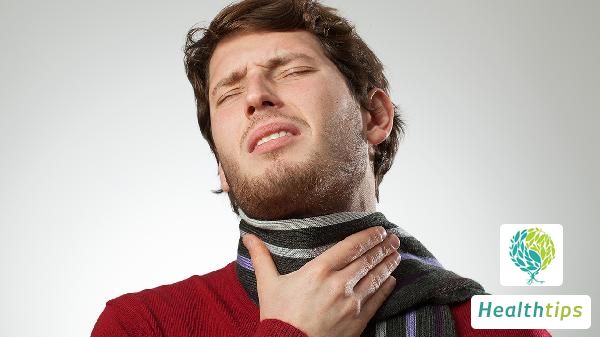Can Cough and Asthma Relief Patches Alleviate Coughing?
With the increase of temperature, the amount of pollen in the air also gradually increases, which means that the period of high incidence of diseases has arrived for patients with cough and asthma. Once the disease occurs, patients may experience difficulty breathing, and it is necessary to use asthma sprays and other medications at this time. Some asthma patients may use asthma health care patches, but do these patches really relieve asthma?

What are the precautions for using cough patches? 1. People with skin allergies and pregnant women are prohibited from using. Open wounds are prohibited, and oral administration is not allowed. 2. Please avoid young children swallowing the patches or sticking them to areas such as the mouth and nose. Children should use them under the supervision of adults. 3. If there is discomfort or occasional skin reddening during use, the patch should be removed promptly. Generally, no special treatment is required, and it will heal spontaneously. 4. It is recommended to apply the patch for about 8-12 hours a day. After removing the patch, it is advisable to clean the skin with warm water, allow the skin to dry for several hours before reapplying to prevent allergies at the patch site. 5. Please keep the product out of the reach of children.
Cough and asthma are the main symptoms of lung diseases. The causes of cough and asthma can be divided into external and internal injuries, and the pathogenesis can be further divided into cold, heat, deficiency, and excess. Cough and asthma are closely related to phlegm, often occurring together, and phlegm can also lead to cough and asthma. To treat cough and asthma, it is essential to use the correct methods. Many people experience recurrent coughing after initially contracting the illness, often due to the failure to adopt appropriate treatment measures during the early stages. It is crucial to address coughing promptly and not delay treatment with the misconception that it will eventually heal over time. Ordinary coughing can usually be cured with a period of medication. However, the choice of medication should not be made blindly, and patients should avoid self-medicating or resorting to untested folk remedies. Instead, it is essential to undergo proper medical examination at a reputable hospital to identify the underlying cause of coughing and prescribe targeted treatment to resolve the issue promptly and restore health and normal life.
If the coughing is severe and medication is not effective, doctors may recommend nebulization treatment. Nebulization is relatively effective for treating coughing, as it delivers medication directly to the patient's respiratory system in the form of a mist, making it particularly suitable for patients with worsening coughing symptoms. However, not every patient with cough and asthma requires nebulization, and it is crucial to follow the doctor's advice.



















